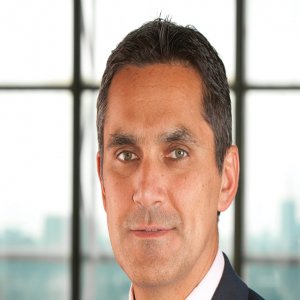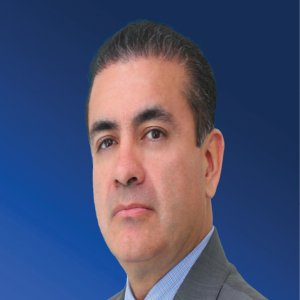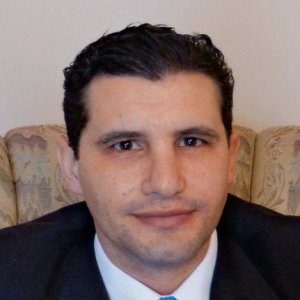Water Treatment as Crucial Security Measure

STORY INLINE POST
Q: What are the most important uses of your products and systems in the offshore oil and gas industry?
A: The main function of the products and systems we offer is to turn salt water into water that is suitable for human use on offshore platforms and facilities. The water that our products generate is of very high quality and meets the highest standards of cleanliness and safety to maintain the health of all workers and employees on the platforms. Our compact systems are ideal for offshore working conditions since they are easy to manage, move, and use. It takes just three simple steps that anybody can follow to produce usable water. We use standard components, which means that our systems can be repaired using parts from any brand, and we offer standard products while different configurations can be made to suit a particular worksite’s needs. This strategy of adaptability has helped us out as drilling platforms nowadays are much smaller and our customers are very specific about these reduced spaces. We have the ability to adapt the product to that reduced space. We are interested in offering an integrated solution for our customers in terms of addressing their water treatment needs. If we can help our customer with offshore water tubing needs or anything beyond the work done by our equipment, we can do that as well. We have engineering teams that go to worksites and assess why water is getting dirty or being contaminated. Our slogan is that our water is risk-free, and we mean it. We can identify the source of all water quality problems by thoroughly examining every step of the purifying process and finding a solution to whatever is contaminating water or reducing its quality. For example, some platforms have pollutants in the storage tanks. The purifiers being used were not built up to the right standards, and as a result, the personnel were getting sick onboard. This included the appearance of kidney stones and unhealthy mineral accumulations among the crew. PEMEX took measures to prevent these ailments from manifesting themselves again and the standards for these purifiers are now much higher.
Q: What measures do you take when designing your products to make sure that the total cost of ownership of your product is lower than that of your competitors?
A: First, we begin by designing standard and relatively simple equipment. This helps companies avoid the costs involved when using other products that force the customers to use brand-name repairs at elevated prices. Other brands force you to marry the company that you buy the product from, this form of brand exclusivity significantly increases the total cost of ownership. We want our customers to buy from us because of the quality of our service and attention, and our knowledge of integrated solutions. Since we are manufacturers as well as distributors, we have engineers that can adapt our equipment to the personal needs and circumstances of the platform or offshore worksite in question. We do not just deal in off-the-shelf products. We promote savings for operators, ranging from saving companies time from having to dedicate vessels to transport water, as well as money because it is much more expensive to transport water than it is to generate it on site through the use of our products. Oftentimes, the water transported in vessels does not meet PEMEX’s standards and regulations for safety and cleanliness. The standards met by our products are aligned with PEMEX standards or even exceed these.
Q: To what degree do your systems and products have to be adapted to the particular characteristics of the Gulf of Mexico?
A: We have noticed that the water in the Gulf of Mexico is very dirty when compared to that of other oil and gas worksites around the world. This does represent a learning curve for us. When it comes to the climate, our equipment has been adapted to work and remain functional in much more difficult and dangerous weather conditions than the ones we find here. However, the quality of the water itself has been a problem. We have had to find all sorts of ways to filter and purify the water of the Gulf of Mexico.
Q: How do your products contribute to the processing of residual wastewater generated in offshore activites?
A: Residual water generated by offshore worksites has certain pollutants but has to be discharged into the ocean so that the natural cycle of water can purify it again. The treatment provided by our systems is more than sufficient to make the product being discharged environmentally friendly. In other words, residual water from offshore worksites needs to be treated before being thrown into the ocean and our product serves this function.




















